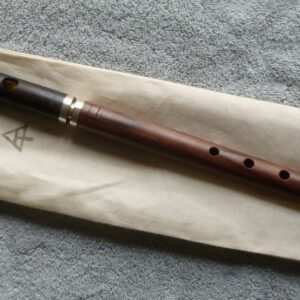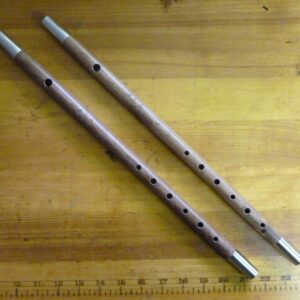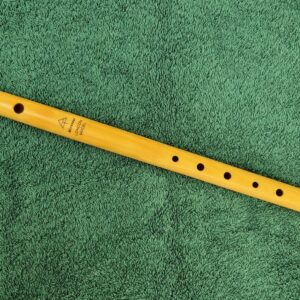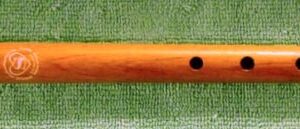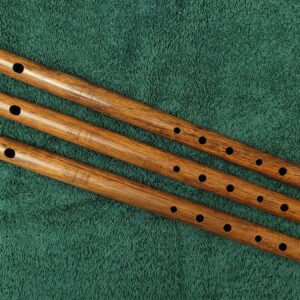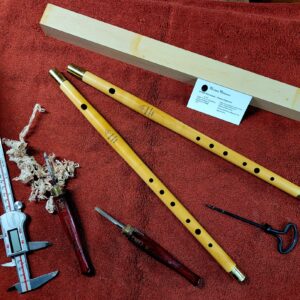Traditional fifes
Traditional Models
What I mean by “traditional” is the model of fifes commonly played during the 20th century before the move into more melodic, “flute fifes” that began to appear in the 1950s. Traditional fifes – usually one piece but sometimes in two pieces – had the tight cylindrical bores of historical fifes but minor innovations to improve playability. For the sake of compartmentalizing these, I consider fifes made in the “traditional” style during the 20th century to be in this category; the ones played by my father’s and grandfather’s generations in the fife & drums corps that grew during this time. These models have become collectibles and iconic for both the “jaybirds” and younger hobbyists. I am privileged to have studied under three of these master-craftsmen and with that, I have come to understand the methods of many more.
Traditional Pitch, when it comes to fifes for this era, fell around A=443 give or take. It is not an “industry standard” and often a corps, if they gauge their “chosen pitch” at all, will base it on their best player who may play comparatively softly or “roll it in” which will lower the pitch, or “pump a lot of air” into their fife, thus tending towards sharp. In other words, a typical fifer might play between 441 and 446 Hz. Some players will slightly move the plug-cork to “tune” their fife but while this can alter the tonic tone to be played (your “D”), it throws the tuning out for the rest of the scale. Tuning is, in the words of many old timers, “in the fifer, not the fife“; this means it is FAR more about how the fifer blows into the instrument, rolling the embouchure in towards or away from the lips doing the blowing, general posture of the player doing the playing, &c.
While the fife is obviously of the flute family, it is best played like one would regard a piccolo as it reacts as one with the tight bore. I have had many professional flute players not understand this and wax on about how these instruments are poorly made for they do not play like a flute, only to be chagrined when a folk fifer steps up and rips out a tune. Please see my page regarding historical fifes.
For your amusement, although copyrighted and not for general public re-use. – YE ART OF YE FYFE
The traditional fife is an example of an instrument still reflecting the varying pitches of the 18th and 19th centuries… You might do yourself a service to read this.
Corps Discount for sets purchased – Please inquire!
MusiqueMorneaux@gmail.com or 860.749.8514
-
Ferrary Model
Price range: $230.00 through $250.00 Select options This product has multiple variants. The options may be chosen on the product page -
Kip Sevigny Model Fife
$230.00 Select options This product has multiple variants. The options may be chosen on the product page -
London model
$230.00 Select options This product has multiple variants. The options may be chosen on the product page -
Ralph G Sweet Colonial Model
Price range: $150.00 through $220.00 Select options This product has multiple variants. The options may be chosen on the product page -
Yorktown Model
$230.00 Select options This product has multiple variants. The options may be chosen on the product page
Showing all 7 results
